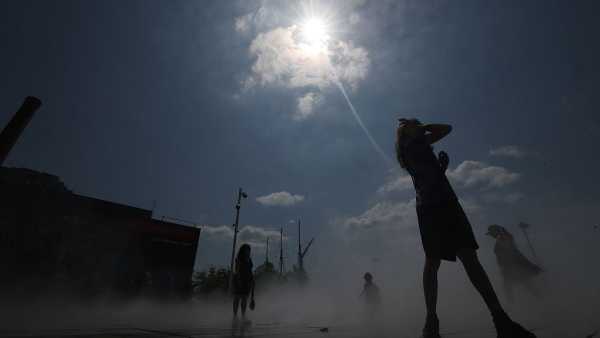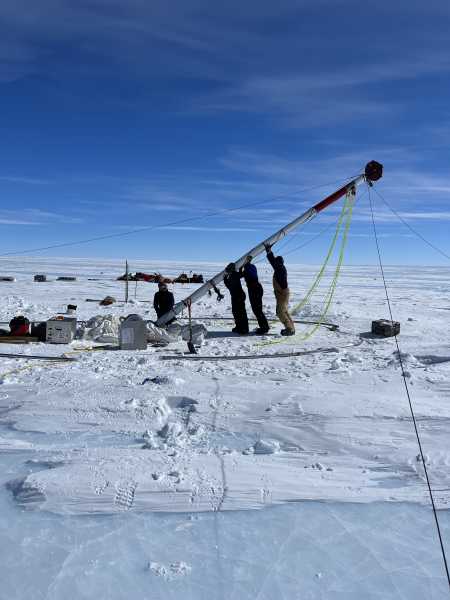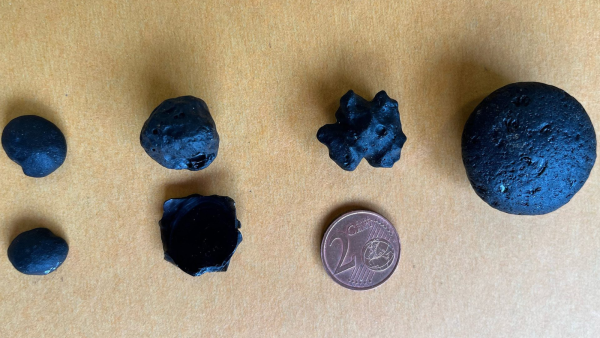
According to a new study, these six unusual tektites are millions of years old and unlike other tektites found nearby. (Image courtesy of Earth and Planetary Science Letters)
Researchers say natural glass found only in Australia may be evidence of the impact of an unknown ancient asteroid.
A new analysis of impact tektites points to a powerful collision millions of years ago that scattered debris across southern Australia. Scientists continue to search for the impact crater.
You may like
-
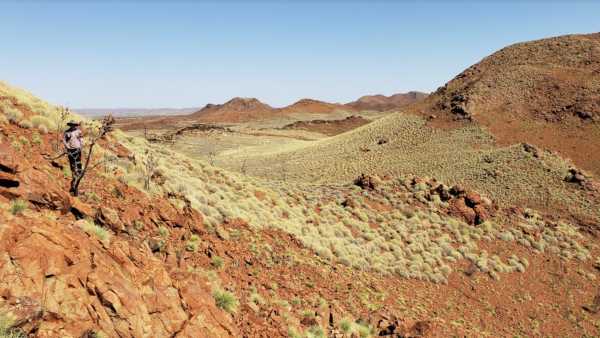
Research raises important questions about Earth's 'oldest' impact crater
-
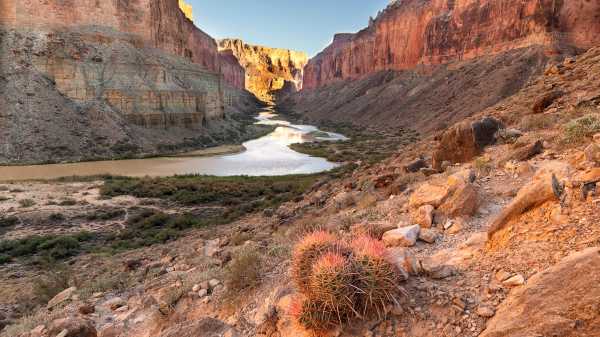
A giant meteorite impact may have triggered a massive landslide in the Grand Canyon 56,000 years ago.
-
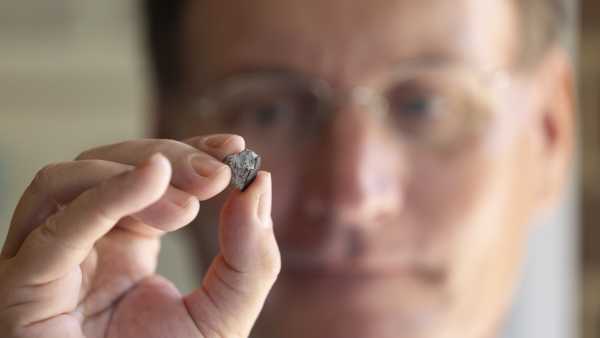
Scientists say the meteorite that crashed through the roof of a Georgia man's home is 20 million years older than Earth.
Tektites are natural glasses formed when meteorites fall to Earth, scattering molten rock in all directions. Most tektites originate from one of five major spatter zones, including the one that scattered debris across Australia and Southeast Asia nearly 800,000 years ago.
In 1969, researchers studied tektites from this Australasian deposit. Most of the glasses had similar compositions, but some were older and chemically distinct. A 1999 study estimated the age of these rare tektites to be several million years old, but previous estimates had significant variances, and there was insufficient data to determine whether these unusual rocks formed as a result of another large impact.
In a new study published on August 29 in the journal Earth and Planetary Science Letters, scientists measured the density and magnetic properties of several thousand tektites from the South Australian Museum's collection collected in the region. They brought 417 unusual samples to France, where, after further study, they identified six tektites with the same chemical composition as the anomalous tektites studied decades earlier.
The team determined that the tektites were sufficiently different in both age and composition from most other tektites in the region that they likely did not form as a result of the impact that created the Australasian tektite field. Instead, they may have resulted from a previously unidentified impact that occurred nearly 11 million years ago.
“These tiny pieces of glass are like little time capsules from deep within the history of our planet,” Jordan said.
The team dubbed the tektites formed by this ancient impact “ananguites.” Some of the tektites fell in areas inhabited by the Pitjantjatjara and Yankunjjatjara peoples, who call themselves Anangu, meaning “human,” the researchers write in their study.
“This discovery makes it even more intriguing that, despite the impact being so massive, scientists still haven't found a crater,” Jordan said. While there are no known craters of the appropriate age nearby, the team has suggested several possible locations in the Philippines, Indonesia, and Papua New Guinea. In volcanically active regions like Papua New Guinea, an impact crater could have been mistaken for a volcanic feature or could have been hidden for years.
RELATED STORIES
Glass “breadcrumbs” may point the way to a missing crater
— 800,000 years ago, a meteorite crashed into Earth. Scientists have just discovered the crater.
—Strange yellow glass found in the Libyan desert may have been formed by a meteorite impact.
The findings could give scientists a clearer picture of how often Earth experiences extreme impacts, and may indicate that collisions strong enough to form tektites are more common than previously thought.
“Understanding when and how often large asteroids have impacted Earth also helps us assess the risk of future impacts, which is important for planetary defense,” Jordan said.

Skyler Ware, Social Links Navigator, Live Science Contributor
Skyler Ware is a freelance science journalist covering chemistry, biology, paleontology, and earth sciences. She was a 2023 AAAS Fellow at Science News. Her work has also appeared in Science News Explores, ZME Science, and Chembites, among others. Skyler holds a PhD in chemistry from the California Institute of Technology.
You must verify your public display name before commenting.
Please log out and log back in. You will then be asked to enter a display name.
Exit Read more
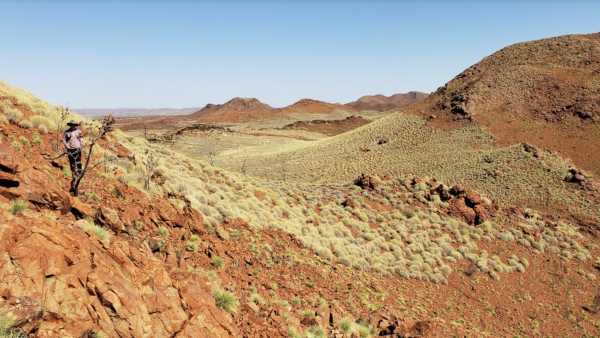
Research raises important questions about Earth's 'oldest' impact crater
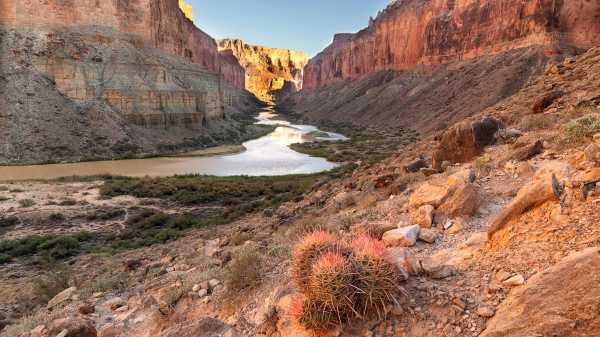
A giant meteorite impact may have triggered a massive landslide in the Grand Canyon 56,000 years ago.
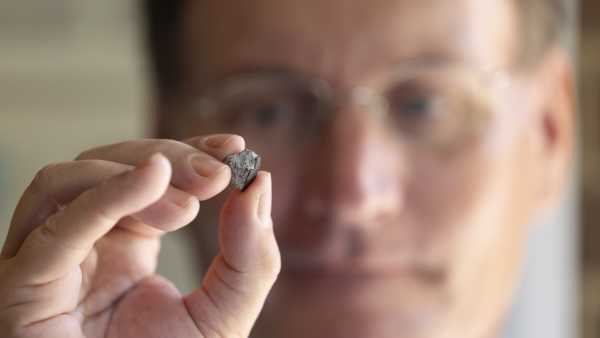
Scientists say the meteorite that crashed through the roof of a Georgia man's home is 20 million years older than Earth.
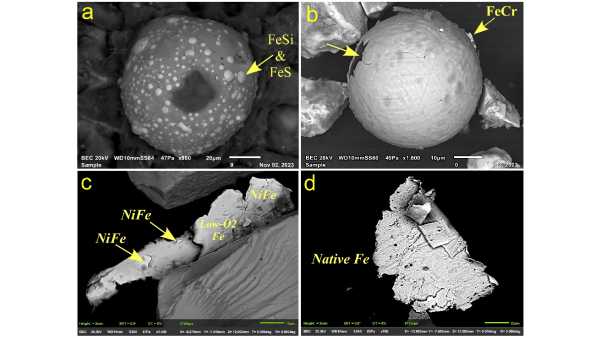
A huge comet trail may have changed Earth's climate more than 12,000 years ago, tiny particles suggest.
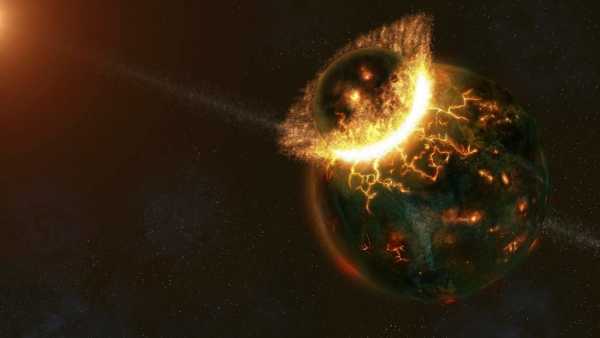
New research suggests that a catastrophic collision with a neighboring planet may be the reason for the existence of life on Earth.
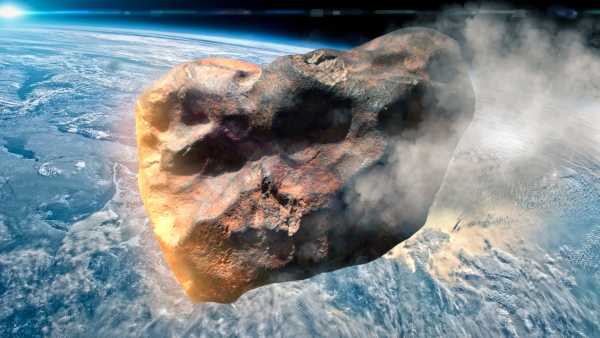
What happened to the asteroid that killed the dinosaurs?
Latest geology news
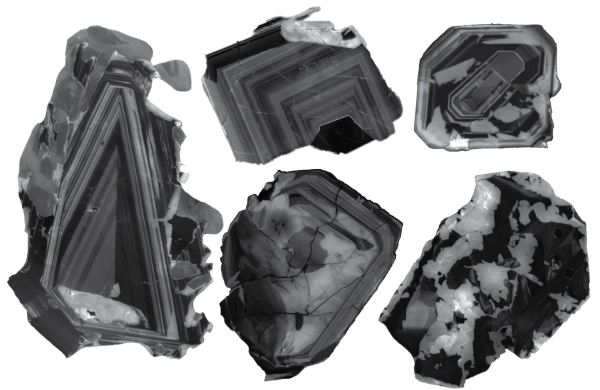
A huge source of the rare earth metal niobium was brought to the surface when the supercontinent broke apart.
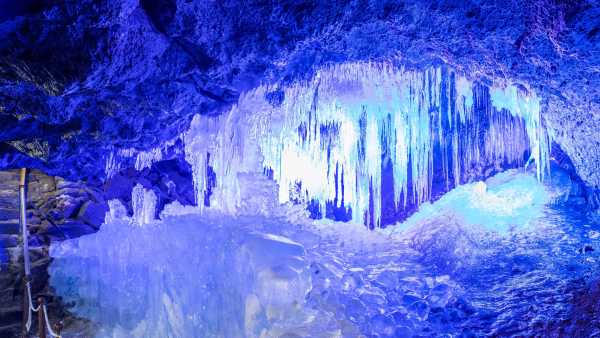
Narusawa Ice Cave: A lava tube filled with 10-foot-tall ice columns at the base of Mount Fuji.
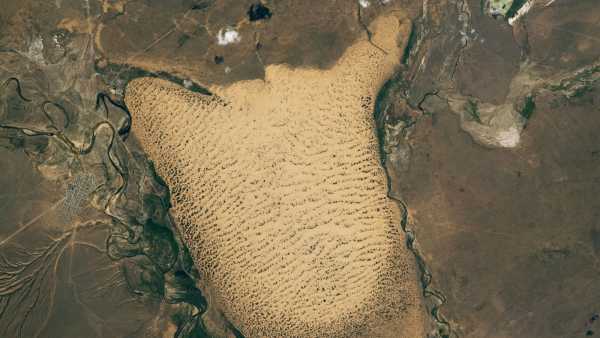
A giant sand 'slug' is crawling across floodplains in Kazakhstan, but may soon freeze in place.

Scientists have discovered that the geology that supports the Himalayas is not what we thought.
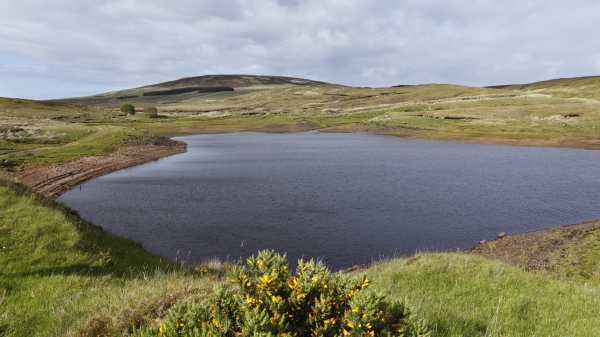
Lugarema: The 'disappearing lake' in Northern Ireland that mysteriously dries up and refills within hours
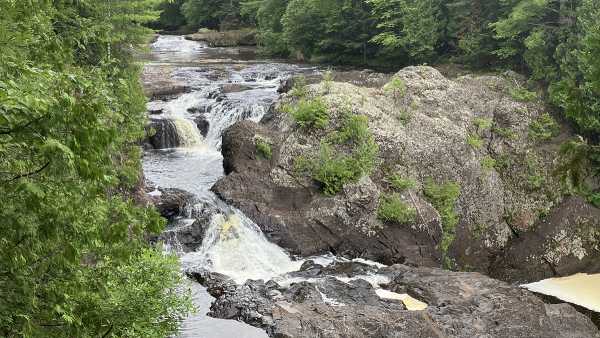
Rocks in Lake Superior bear witness to the aftermath of the giant collision that formed the supercontinent Rodinia.
Latest news
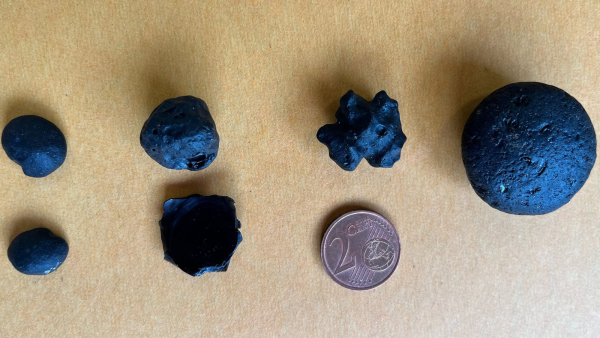
Strange glass in Australia appears to be formed by a giant asteroid impact, but scientists 'have yet to find the crater'

A scientific breakthrough has led to the creation of a 'fluorescent biological qubit' – this could mean turning your cells into quantum sensors.
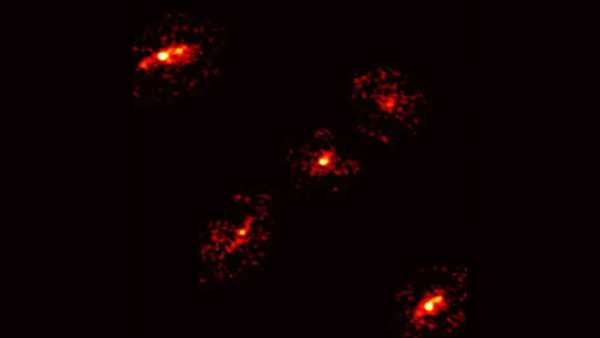
Scientists were shocked to discover a rare 'Einstein cross' with a surprise at its centre.
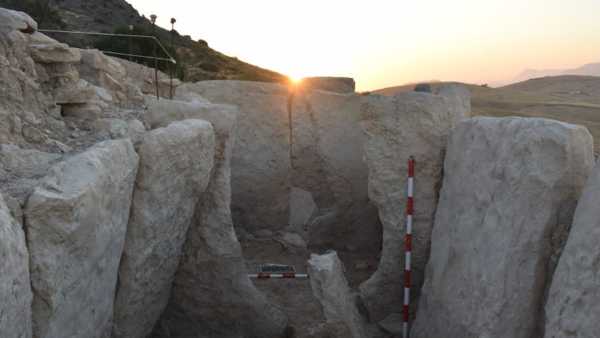
A 5,000-year-old, 43-foot-long stone tomb has been discovered in Spain. It contains multiple prehistoric burials.

A groundbreaking gene therapy is the first treatment for Huntington's disease that can slow the disease's progression.
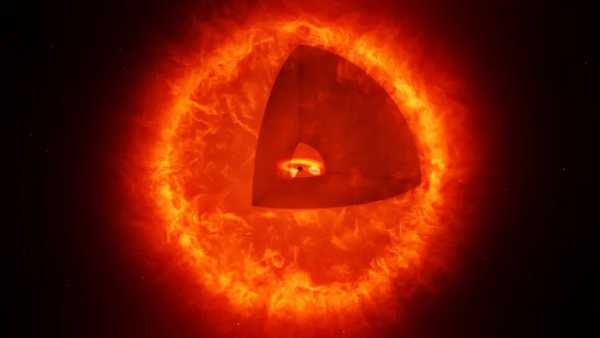
The James Webb Space Telescope may have discovered an entirely new class of cosmic object: a black hole.
LATEST ARTICLES
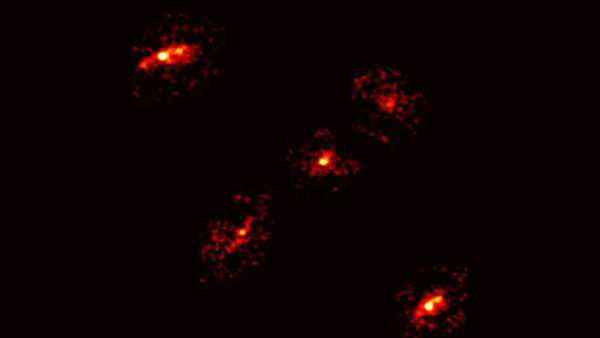
Scientists were shocked to discover a rare 'Einstein cross' with a surprise at its center.
Live Science magazine is part of Future US Inc., an international media group and leading digital publisher. Visit our corporate website.
- About Us
- Contact Future experts
- Terms and Conditions
- Privacy Policy
- Cookie Policy
- Accessibility Statement
- Advertise with us
- Web notifications
- Career
- Editorial standards
- How to present history to us
© Future US, Inc. Full 7th Floor, 130 West 42nd Street, New York, NY 10036.
var dfp_config = { “site_platform”: “vanilla”, “keywords”: “type-news-daily,serversidehawk,videoarticle,van-enable-adviser-
Sourse: www.livescience.com


